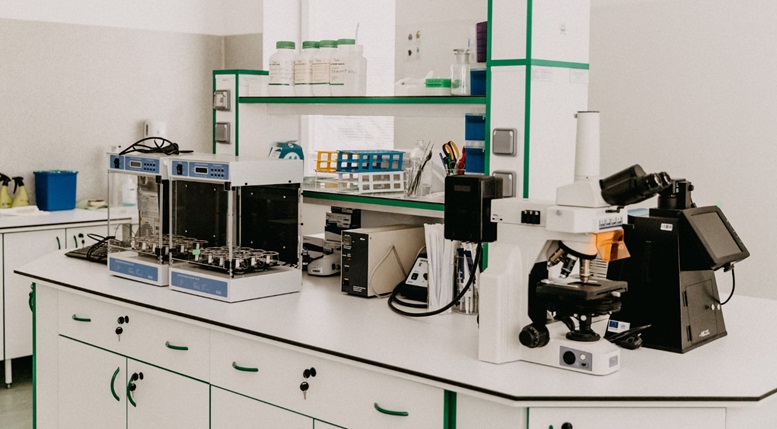
Laboratory equipment can vary depending on the specific type of laboratory and the experiments or analyses being conducted. Here is a general list of common laboratory equipment which cure life pharma provides:
- Glassware:
-
- Beakers
- Flasks (Erlenmeyer flask, Florence flask)
- Test tubes
- Petri dishes
- Graduated cylinders
- Pipettes (micropipettes, serological pipettes)
- Burettes
- Measuring Instruments:
-
- Balances (analytical balance, top-loading balance)
- Centrifuges
- pH meters
- Thermometers
- Hydrometers
- Spectrophotometers
- Heating Equipment:
-
- Bunsen burners
- Hot plates
- Heating mantles
- Ovens
- Incubators
- Mixing and Stirring Equipment:
-
- Magnetic stirrers
- Stir bars
- Vortex mixers
- Shakers
- Separation Equipment:
-
- Centrifuges
- Chromatography columns
- Electrophoresis equipment
- Safety Equipment:
-
- Safety goggles
- Lab coats
- Gloves
- Fire extinguishers
- Emergency eyewash stations
- Microscopy Equipment:
-
- Microscopes (light microscopes, electron microscopes)
- Slide and coverslip sets
- Incubation and Culture Equipment:
-
- CO2 incubators
- Shaking incubators
- Autoclaves
- Biological safety cabinets
- Analytical Instruments:
-
- Mass spectrometers
- Nuclear magnetic resonance (NMR) spectrometers
- Gas chromatographs
- Liquid chromatographs
- Lab Consumables:
-
- Filter papers
- Disposable pipette tips
- Microcentrifuge tubes
- Culture dishes and plates
- Water Purification Systems:
-
- Distillation units
- Deionization systems
- Reverse osmosis units
- Sample Storage:
-
- Refrigerators
- Freezers (ultra-low temperature freezers, -80°C freezers)
- Cryogenic storage systems
- Data Collection and Analysis:
-
- Computers
- Data loggers
- Lab software
- Fume Hoods:
-
- Ventilated enclosures for handling hazardous substances
- Autosamplers:
-
- Used in conjunction with analytical instruments for automated sample handling.
This list is not exhaustive, and the specific equipment needed will depend on the type of laboratory and the nature of the research or testing being conducted. Different scientific disciplines and industries may require specialized equipment beyond what is listed here. In such cases, CLP can import any type of laboratory equipment based on customer demand.

